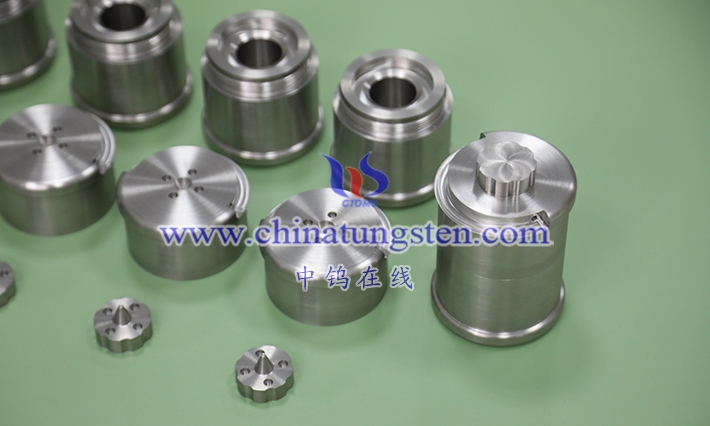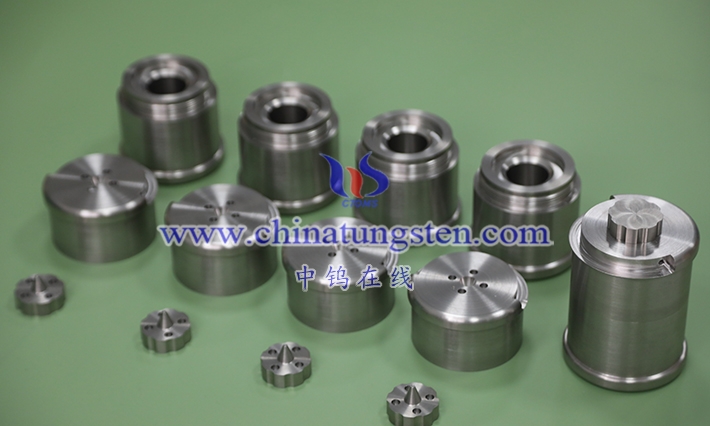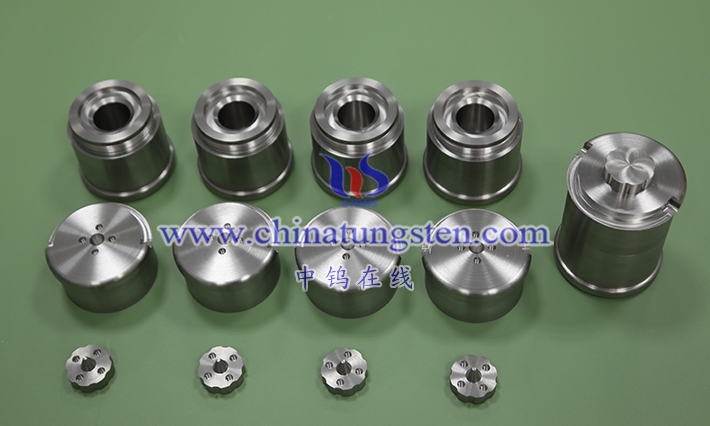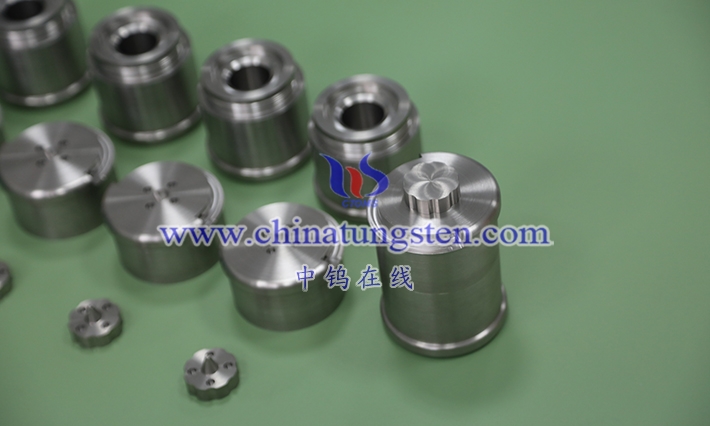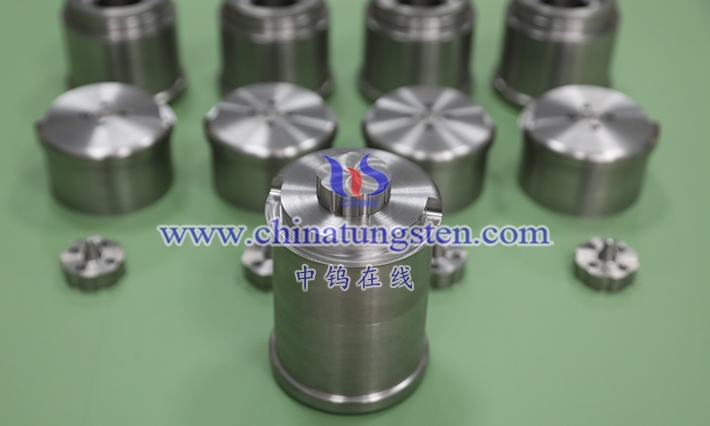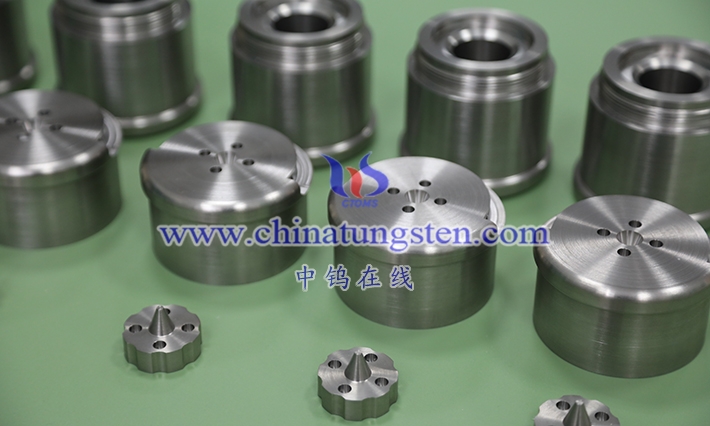
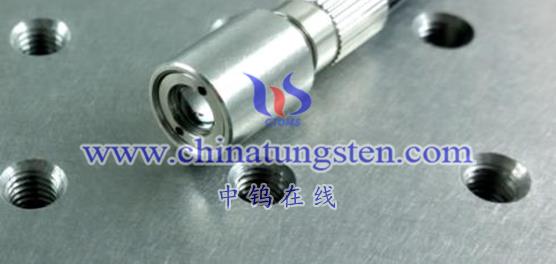
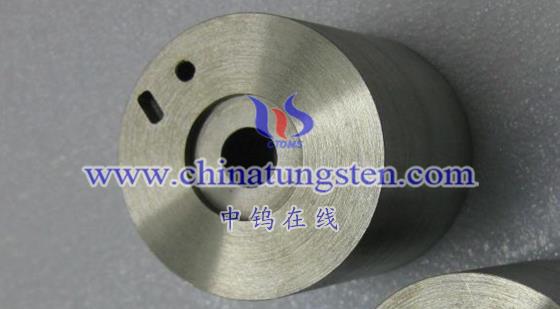
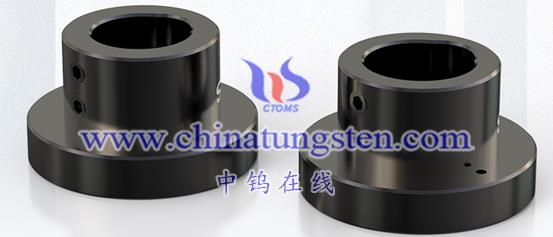
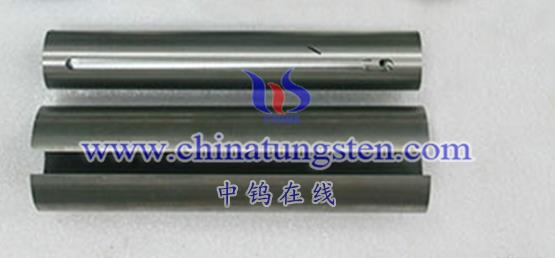
High-density tungsten alloy collimator is an engineering material that plays an important role in many fields. The following is a detailed introduction to its specific role and performance:
- Specific functions
- Ray control: The main function of the high-density tungsten alloy collimator is to narrow the particle beam or light wave, allowing only rays parallel to the collimator to pass, or making the spatial cross-section beam narrower to limit the amount of rays. In medical accelerators, the collimator is used as part of the radiation head to collimate the electron radiation. When used in conjunction with the primary and secondary collimators, it can limit the range of electron radiation and protect normal tissues and vital organs outside the target area from immunity. irradiated.
- Improve imaging quality and detection accuracy: In fields such as industrial detection and medical imaging, high-density tungsten alloy collimators can accurately control the direction and range of rays, thereby improving imaging quality and detection accuracy. Through precise design and manufacturing, the collimator can ensure that the rays are accurately illuminated on the object to be detected, reduce scattering and reflection, and improve the utilization rate of rays and detection efficiency.
- Environmental protection and safety: Tungsten alloy material has environmental protection characteristics. Compared with lead, tungsten alloy shielding parts used to make radiation detectors are not harmful to human safety. In addition, tungsten alloys have high stability under various special gas conditions, such as chlorine, bromine or other halogen gases used as quenching gases.
- Performance
- High density: The density of tungsten alloy is very high, which enables it to effectively absorb and scatter rays and improve the utilization rate of rays. At the same time, high density also helps improve the structural strength and stability of the collimator.
- Excellent physical properties: Tungsten alloy has physical properties such as high strength, high hardness, excellent wear resistance and toughness. These characteristics allow the collimator to withstand large external forces and impacts while maintaining its shape and size stability.
- Good corrosion resistance: The high-density tungsten alloy collimator has good corrosion resistance and can be used for a long time under harsh environmental conditions. This makes it have broad application prospects in fields such as medical imaging and industrial non-destructive testing.
- Environmental protection: During the manufacturing process of high-density tungsten alloy collimators, environmental protection requirements are paid attention to, and environmentally friendly materials and processes are used. This helps reduce the impact on the environment and promotes the sustainable development of the collimator industry.
- Easy to process: Tungsten alloy is easy to cut and can reach very low thickness after sintering, making it highly flexible in the manufacturing process.
- High melting point: Tungsten has the highest melting point among metals, which makes tungsten alloys useful as radiation detection materials in certain high-temperature environments.
In summary, high-density tungsten alloy collimators have excellent performance and diversified functions, and play an important role in radiation control, improving imaging quality and detection accuracy, as well as environmental protection and safety.
More details of tungsten alloy product, please visit website: http://tungsten-alloy.com/
Please contact CHINATUNGSTEN for inquiry and order of tungsten carbide:
Email: sales@chinatungsten.com
Tel.: 86 592 5129595
